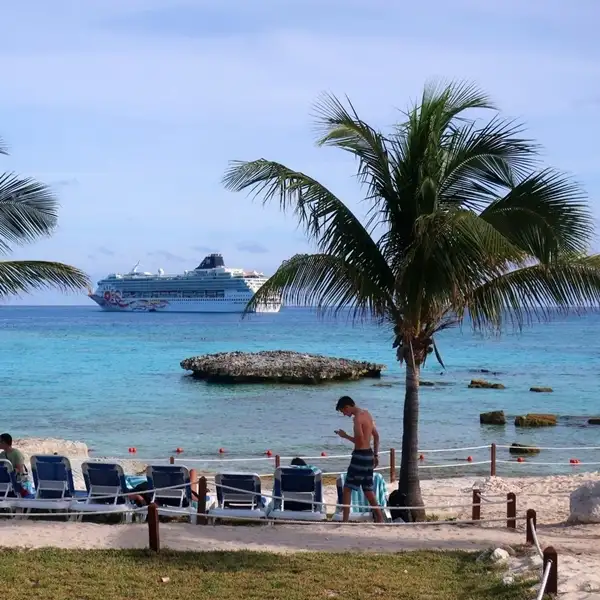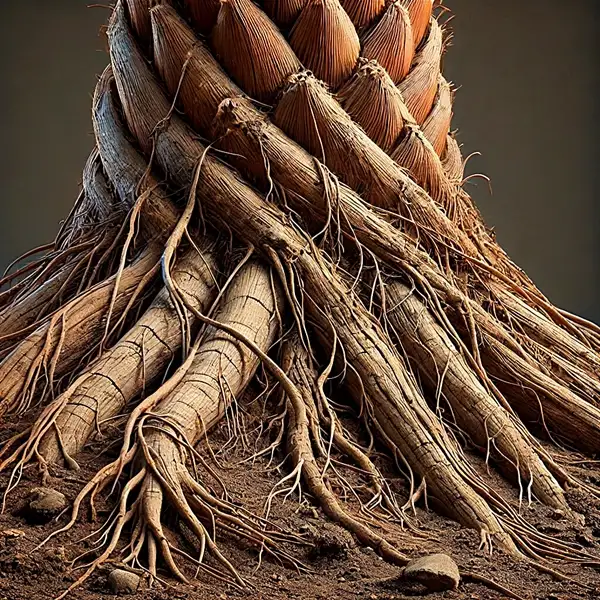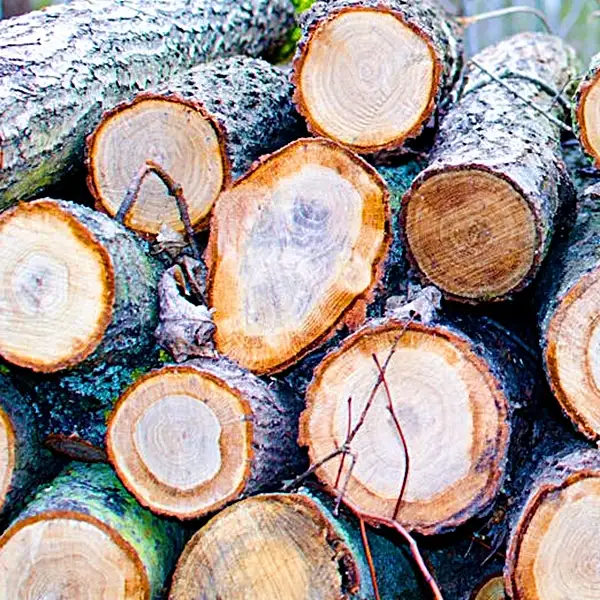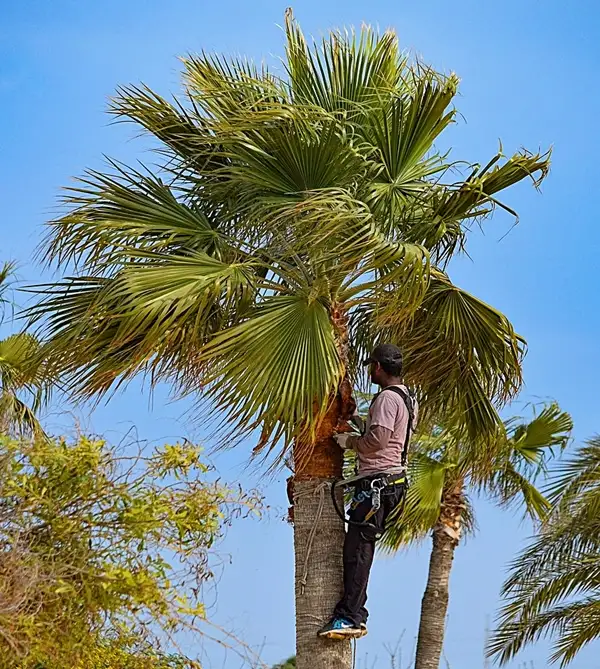Key Takeaways
| Key Takeaways | What Readers Will Discover |
|---|---|
| The Extraordinary Adaptability of Palms | How palm trees flourish in unexpected climates and landscapes. |
| Global Diversity & Distribution | Where do palm trees grow across continents & why do they dominate specific regions? |
| Surprising Growth Factors | Crucial elements that influence palm tree survival and expansion. |
| Unusual Palm Tree Habitats | Rare locations where palms defy nature and establish dominance. |
| The Looming Climate Change Crisis | What threatens palm ecosystems and why urgent conservation is necessary. |
Palm Tree Environments
Palm trees are iconic symbols of tropical & subtropical regions. They capture imagination with their distinct silhouettes against sun-soaked skies. Palms fall under Arecaceae family boasting approximately 2,600 species across the globe.
This diverse family includes both large trees (coconut palms) & smaller types resembling shrubs or vines. Their habitats are equally versatile from lush rainforests to arid deserts. They show an impressive capacity for adaptation.
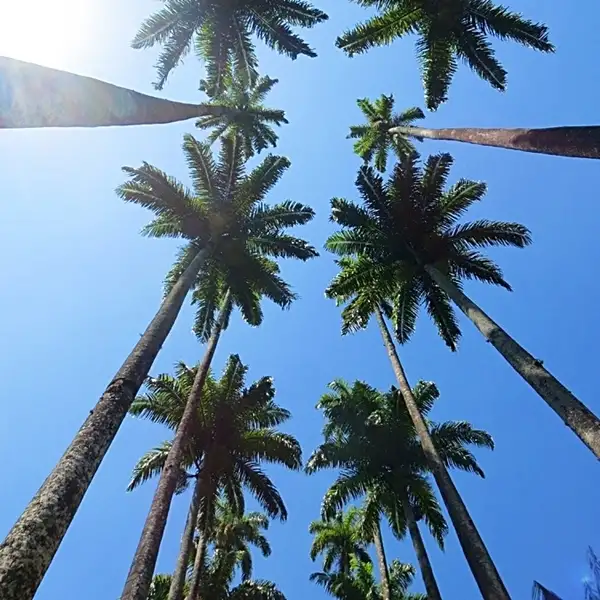
- They typically stay best in hot climates where temperatures rarely dip below freezing.
- Some palm varieties can endure cold conditions while others have adapted themselves to flourish in swamps & mangroves.
- Moreover, besides land-dwelling species, some marine-loving palms make coastline areas their favorite habitat akin to a beach bum’s paradise.
Diversity & Distribution of Palm Trees Globally

Globally, palm trees mark presence across all continents except Antarctica.
| Continent | Notable Palm Species | Additional Information |
|---|---|---|
| Asia |
|
|
| South America |
|
|
| Australia |
|
|
| Africa |
|
|
| North America |
|
|
| Europe |
|
|
This distribution highlights the wide temperature range these plants can endure—from the scorching Saharan heat that fuels date palms’ growth in precious oases to frigid peaks where the Chilean Wine Palm withstands frosty winters at altitudes reaching 1 km above sea level.
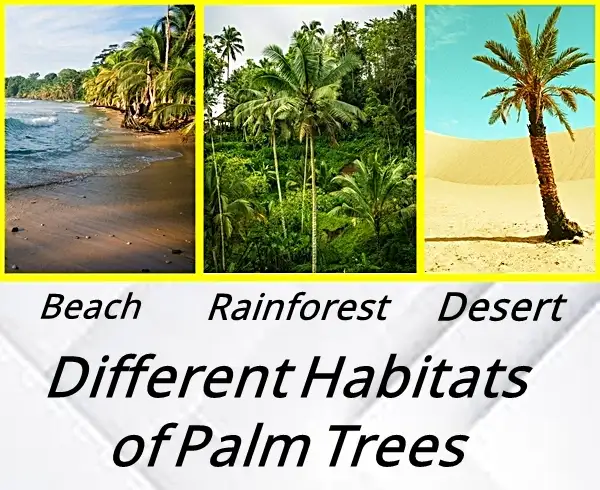
Impact of Soil on Palm Tree Growth
| Soil Type | Adaptation Strategy |
|---|---|
| Rocky Terrain |
|
| Sandy Soil |
|
4 Key Factors That Influence the Growth of Palm Trees
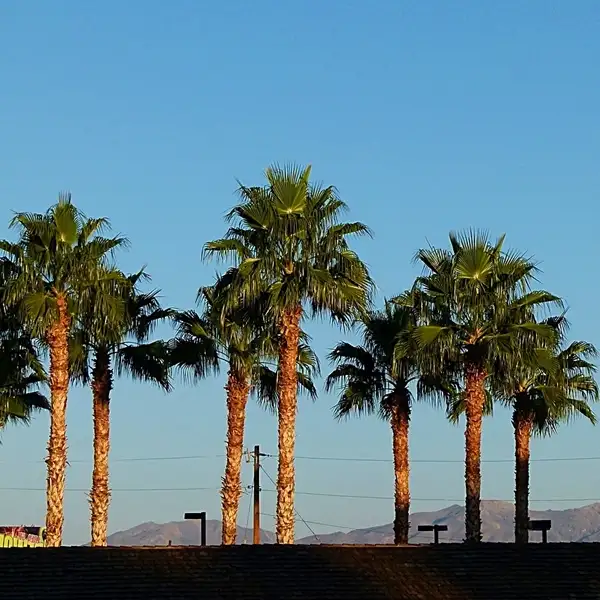
There are several factors determining palm tree growth.
| Factor | Optimal Conditions | Impact on Growth |
|---|---|---|
| Temperature |
|
|
| Sunlight Exposure |
|
|
| Precipitation Patterns |
|
|
| Soil Type |
|
|
7 Best Regions Where Palm Trees Thrive
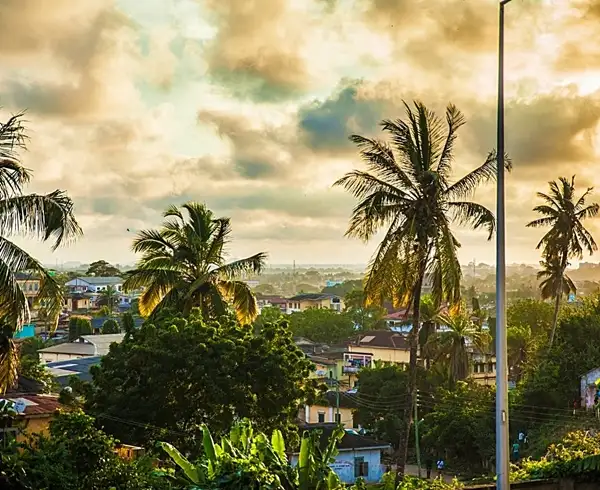
Certain places are especially rich in palm trees due to their ideal climate & abundant resources.
| Region | Highlights |
|---|---|
| Florida, USA |
|
| California, USA |
|
| South Carolina, USA |
|
| Malaysia |
|
| Indonesia |
|
| Africa |
|
| Middle East |
|
4 Unexpected Places Where Palm Trees Grow

Palm trees have successfully made homes in various surprising places, largely due to their admired adaptability.
| Location | Description |
|---|---|
| Svalbard, Norway |
|
| Inverness, Scotland |
|
| Ayuquila River, Mexico |
|
| Mojave Desert, California |
|
The 3 Critical Threats to the Future of Palm Tree Habitats
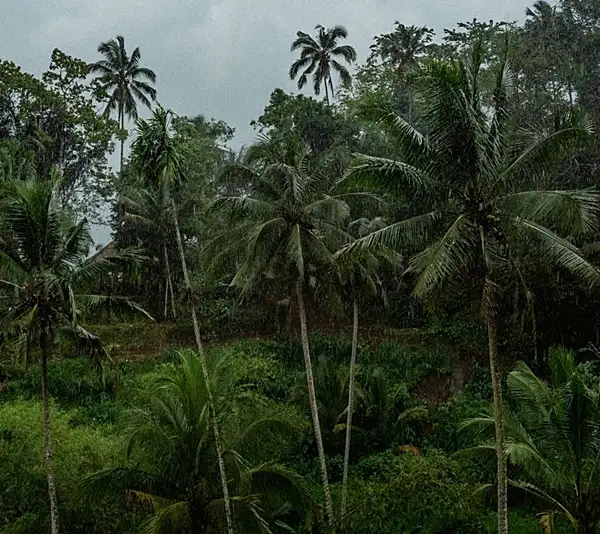
Climate change poses profound threats to the future of palm tree habitats:
| Threat | Affected Regions | Consequences |
|---|---|---|
| Desertification due to human activity |
|
|
| Sea-level rise |
|
|
| Habitat loss |
|
|
Protecting Palm Trees: A Shared Responsibility

Palm trees grow in many different environments across continents and climates, shaped by various natural factors. To keep this iconic plant family thriving, we must work together, as they represent spirit of the tropics & have stood the test of time.
However, human activities are rapidly changing environment. They are disrupting nature in ways that could be irreversible. Protecting these trees which help keep our planet healthy & vibrant is a responsibility we all share.
As only species with power to make thoughtful choices, humanity must understand that its actions today will shape our world for future generations.
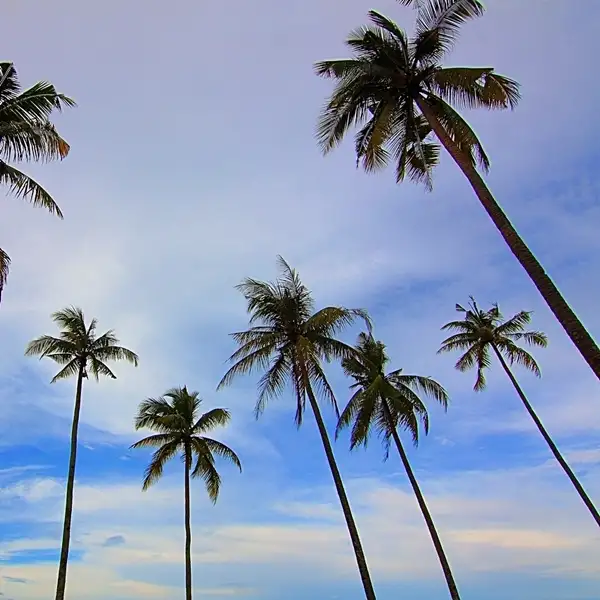
Frequently Asked Questions
Where do palms grow best?
Palms thrive in warm climates with abundant sunlight from tropical beaches to arid deserts. Some endure extreme conditions like swamps, mountains & even cold regions. Most flourish in temperatures between 70 to 85°F, adapting impressively to different environments.
Are palm trees wood?
No! Palms lack true wood. Their trunks consist of dense, fibrous vascular bundles, more like grass than traditional trees. This structure makes them flexible & lightweight, unlike hardwood trees with solid, ringed growth.
Which country has most palm trees in world?
Indonesia leads with vast palm forests, including oil & coconut palms. Brazil follows closely with diverse Amazonian species. Many tropical nations also host thriving palm populations.


